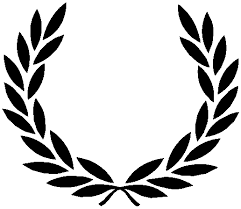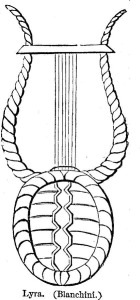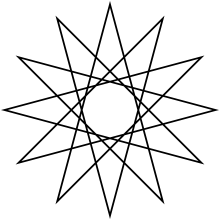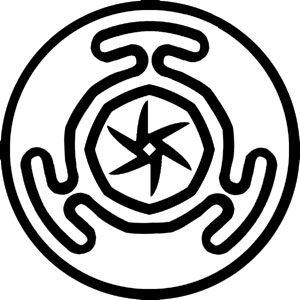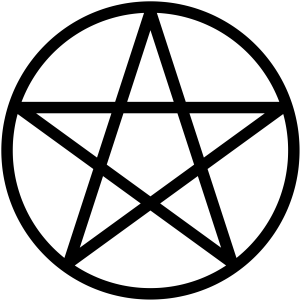As in any religion, the symbols that represent it can be important to its followers, be it for self expression, easy identification, or worship-related reasons. Hellenic Polytheism doesn’t have a universal symbol, but instead several, which will be listed here and explained here.
The Laurel Wreath: The wreath, which is already used by a number of Hellenic organizations, has a strong link to Hellenic practice in ancient Hellas. For one, wreaths were often prices for winning various sport events, i.e. the Olympics.
The Lightning Bolt: It’s the quintessential weapon of Zeus, and already used in a multitude of logos for Hellenistic organizations. Although this symbol is specifically Zeus’s, he is the head of the Gods, so it’s appropriate to represent the religion as a whole as well.
The Lyra/Kithara: Instruments from the ancient Greek era. In mythology, it was gifted to Apollo by Hermes. Apollo used it to bring music into the world and thus it represents the bridge between the Theoi (deities in the Greek pantheon) and us mortals.
The Caduceus: (not to be confused with the Rod of Asklepius, which has only one snake and no wings, and is a medical symbol.) I personally use this symbol the most, as it is the symbol of Hermes, and I have a closer relationship to him than any other Gods or Goddesses. So if you too work with Hermes, this is the symbol for you!
The Dodecagram: The dodecagram, or twelve pointed star, is one of the more widespread symbols of Hellenismos. The twelve points represent the twelve Olympic Gods and Goddesses.
Hekate’s Wheel/Strophalos of Hekate: A labyrinthine serpent (emblematic of rebirth) surrounding a spiral, symbolic of the Iynges- “whirlings” or emanations of divine thought.This symbol is typically used by those doing witchcraft, as Hekate is the Goddess of magic.
The Pentacle: Though often associated with Wicca, the great Greek mathematician Pythagoras was fascinated by the Pentacle. He recognized in its geometry a division of lines which resulted in the “golden ratio,” an emblem of perfection that was incorporated into art and architecture. Pythagoras was the first person to refer to the harmony and balance of the “Cosmos,” and his followers embraced the mystical concept of the soul’s eternal existence through the process of transmigration. His followers also ascribed the points of the Pentacle to the five classical elements: earth, air, water, fire, and ideas.
These are by no means the only symbols that Hellenic Polytheists can use. In fact, deities are often associated with animals and other various objects, thus making them possible to use as icons for those who have special relationships with the deity. Here is a brief list of deity specific symbols for the deities most commonly worshiped. Keep in mind that there are possibly more, so feel free to do additional research.
- Amphitrite: Dolphin, seal, fish
- Aphrodite: Dove, sparrow, swan, myrtle
- Apollo: Crow, dolphin, laurel, lyre
- Ares: Vulture, dog
- Artemis: stag, moon, cypress, rabbit
- Athena: owl, shield, olive branch
- Demeter: Horse, swine
- Dionysus: Leopard, lynx, serpent, bull, goat, donkey, dolphin
- Eros: Hare
- Hades: Helmet, metals, jewels, screech owl
- Helios: Rooster, white horse
- Hephaestus: Fire, blacksmith’s hammer, anvil
- Hera: Peacock, cow
- Hekate: Torches, black dogs, keys, crossroads
- Herakles: Lion
- Hermes: Wand, winged sandals, winged helmet
- Hestia: Fire, swine
- Pan: Goat, sheep, deer
- Persephone: Screech owl, baby chick, hare
- Poseidon: Trident, horse, bull
- Psyche: Butterfly
- Rhea: Lion
- Zeus: Eagle, aegis, swan
